As Amazon continues to see growing strike action in the UK and abroad, Retail Week visited the Amazon Operations Innovation Lab in Vercelli, Italy, to see what it is investing in to improve its operations and the workforce.
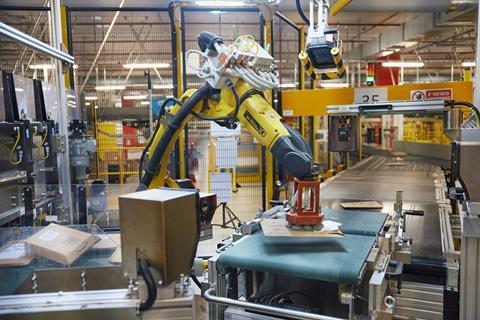
Six months on from its Delivering the Future event in Seattle, Washington, Amazon hosted its first European sister event to highlight the innovations created by its €700m (£600m) investment in robotics and AI-powered technologies.
Rather than showcasing drone deliveries and humanoid robots, the tech giant unveiled a range of innovations, products and services aimed at “actively supporting employees” to a cadre of European journalists eager to find out how that £600m had been spent.
On demonstraton were a range of new automated machines and robotic arms whose purpose is to reduce staff injuries and “enhance” current jobs by doing away with monotonous and strenuous tasks for employees to perform.
But as strike action over pay and working conditions heats up across the UK, US, Italy, Spain and Germany, is investment in automation the answer to what employees are demanding? Or is it merely a distraction from the wider problems Amazon is facing?
What was on show?
Universal Robotic Labeller: Described as a “high-speed auto-labelling technology”, this product is able to apply different types and sizes of labels to packages of all shapes, including paper bags. Amazon says it “improves the entire labelling process” and helps with sustainability goals, the customer experience and staff roles.
Universal Item Sorter: This system uses advanced wireless technology to move shuttles, dubbed “iBOTs”, that carry and deliver items to the correct tote “already matched to its final destination”. Each sorter can work with up to 40 different totes going to 40 different locations. This is said to “prioritise safety and ergonomics” in the workplace thereby reducing physical strain on employees.
Flat Sorter Robotic Induct: This particular robot ensures packages move through the fulfilment centre at a “smooth, steady and ordered rate” by taking over the repetitive tasks usually carried out by staff. Smart vision sensors spot items on the conveyor, then its robot arm picks them up and moves them to the correct place.
Amazon Robotics Floor: Used in a variety of fulfilment centres worldwide, thousands of Amazon robots navigate the floor via QR codes carrying heavy items stacked on top of each other. The robots go back and forth from the inventory storage area to employee workstations, which eliminates the need for staff walking long distances to transport these items.
Robot roll out
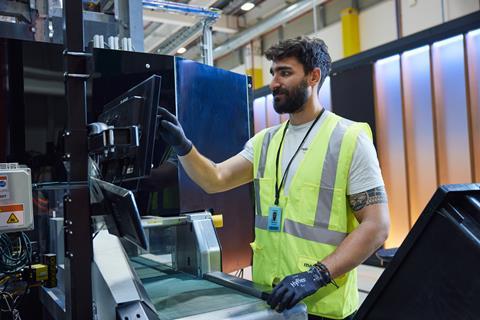
Although Amazon says the introduction of robots has created 700 new job categories globally, there are still some questions around how this is possible since robots now work in areas such as packing and sorting.
The company insists that more jobs are being created, and explains that it trains staff for roles such as robotic floor monitors and technicians who help “facilitate the safe operation of mobile robots”, as well as reliability maintenance engineers who help keep the technology running smoothly.
That being said, these new roles are noticeably more skilled than packing and sorting, and surely there will be redundancies as more robots fill more roles?
“We’re always going to see a combination of our employees and robotics and automation,” says Robert Marhan, Amazon Europe vice president of people experience and technology.
“We look at what the introduction of a certain technology does to existing jobs, and how certain jobs change.”
The potential for having a robot take their job is not the only thing employees are worrying about, as staff in various nations remain embroiled in a long running dispute with the company over pay and working conditions.
Strike strife
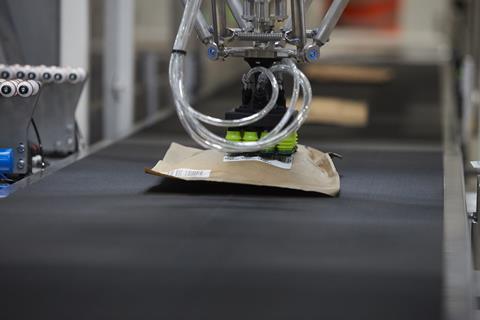
In the UK, union members of the GMB in Amazon warehouses at Coventry and Birmingham have been fighting for £15 an hour, with the former starting strike action in January 2023.
While Amazon continues not to recognise the GMB union and its members, at the Innovation Lab in Italy, it kept emphasising how upskilling staff and introducing new tech will improve the future of its workforce.
Asked how employees have so far reacted to the implementation of automation, advanced tech and robotics, Marhan says they have had “different reactions”.
“We feel a lot of excitement around new tech. When employees get the chance to see it and work with it, there’s a lot of support for it,” he says, adding: “I don’t want to hide the fact that there is some anxiety around it. The latest advancements in tech create concern and we shouldn’t dodge that.”
As robotics, automation and advanced tech become more and more commonplace at Amazon, the next steps will be to see how advanced these innovations become, and how staff cope with the new upskilling amid the traditional roles that will undoubtedly become obsolete.






















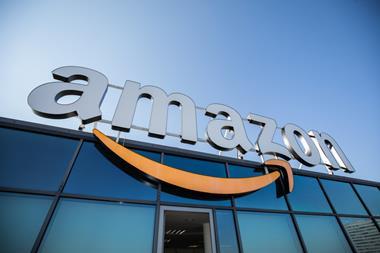
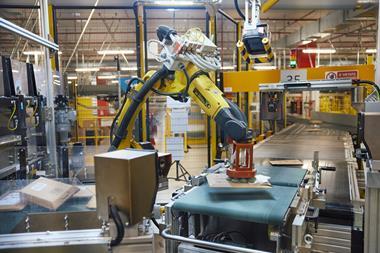

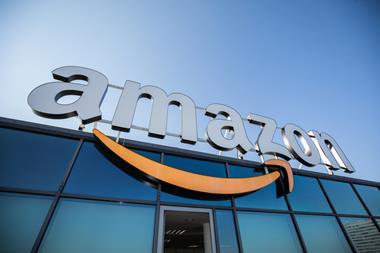
No comments yet